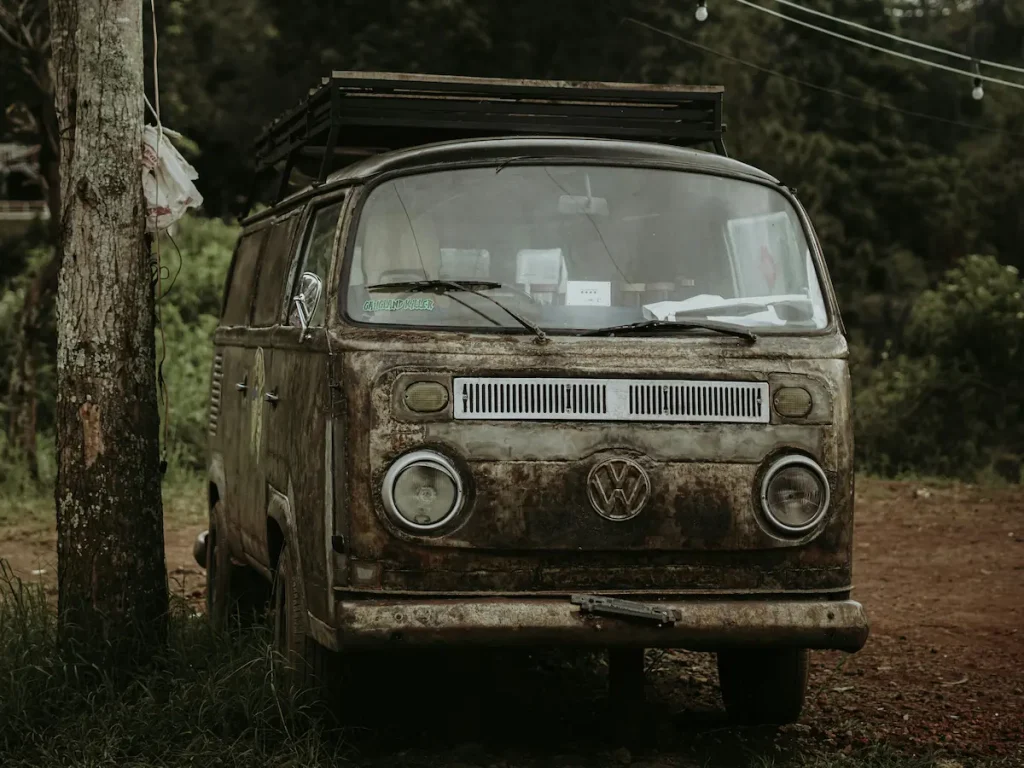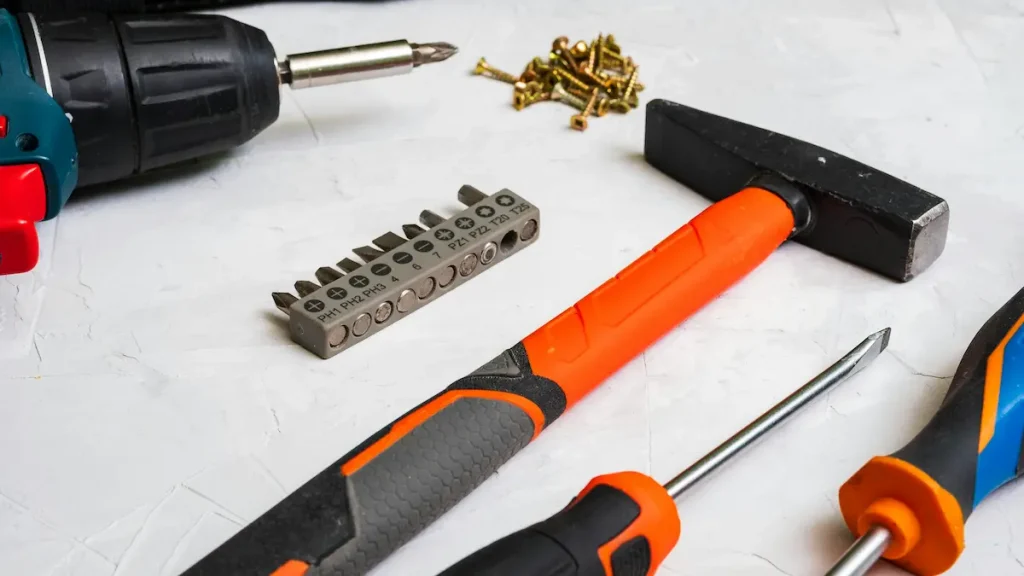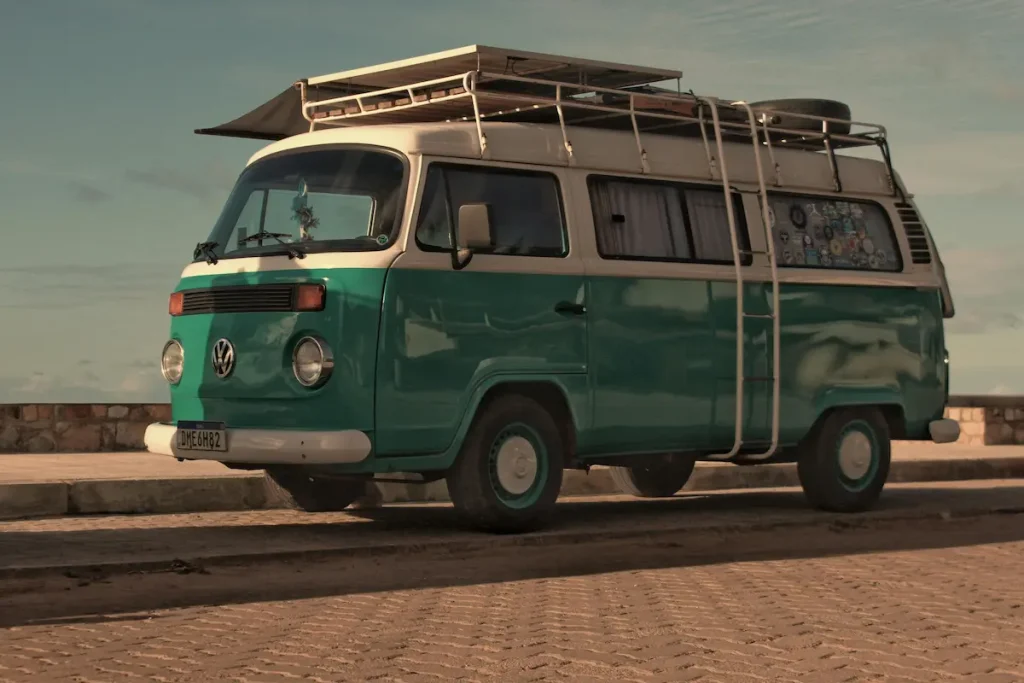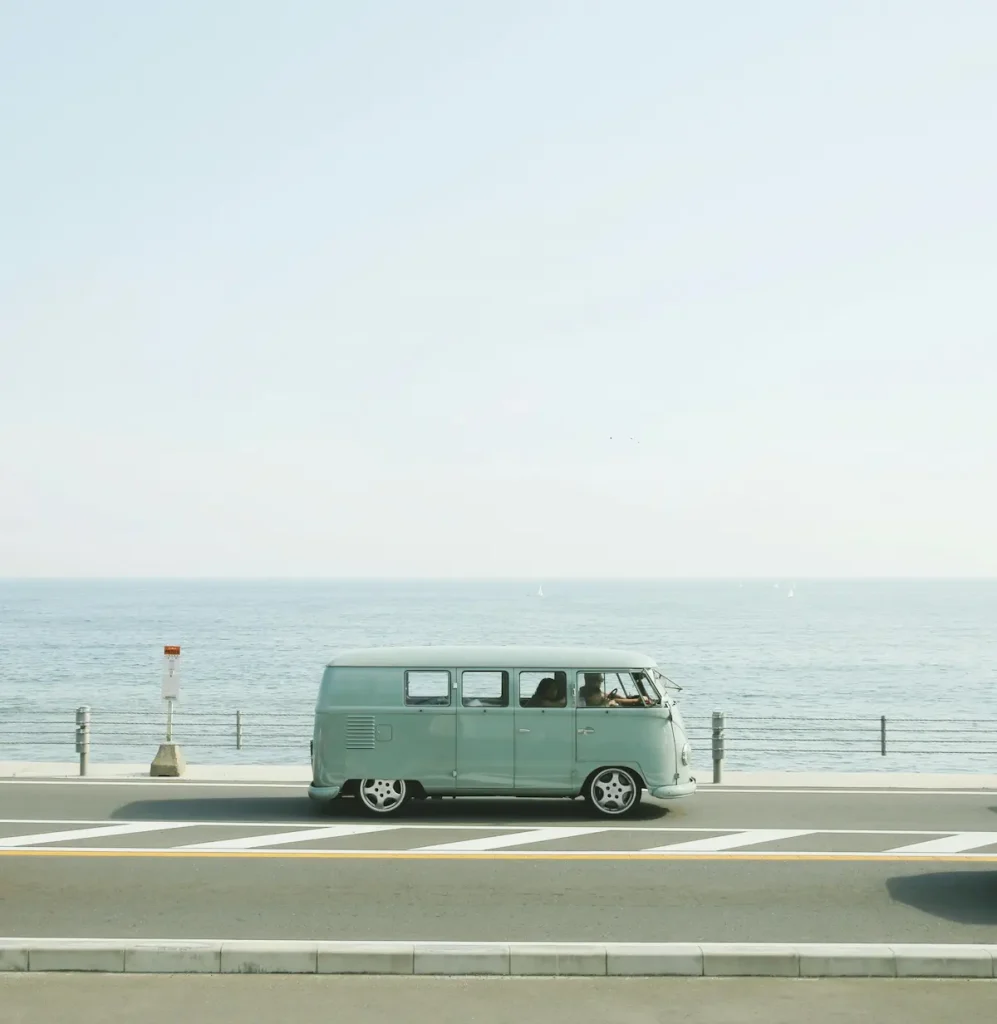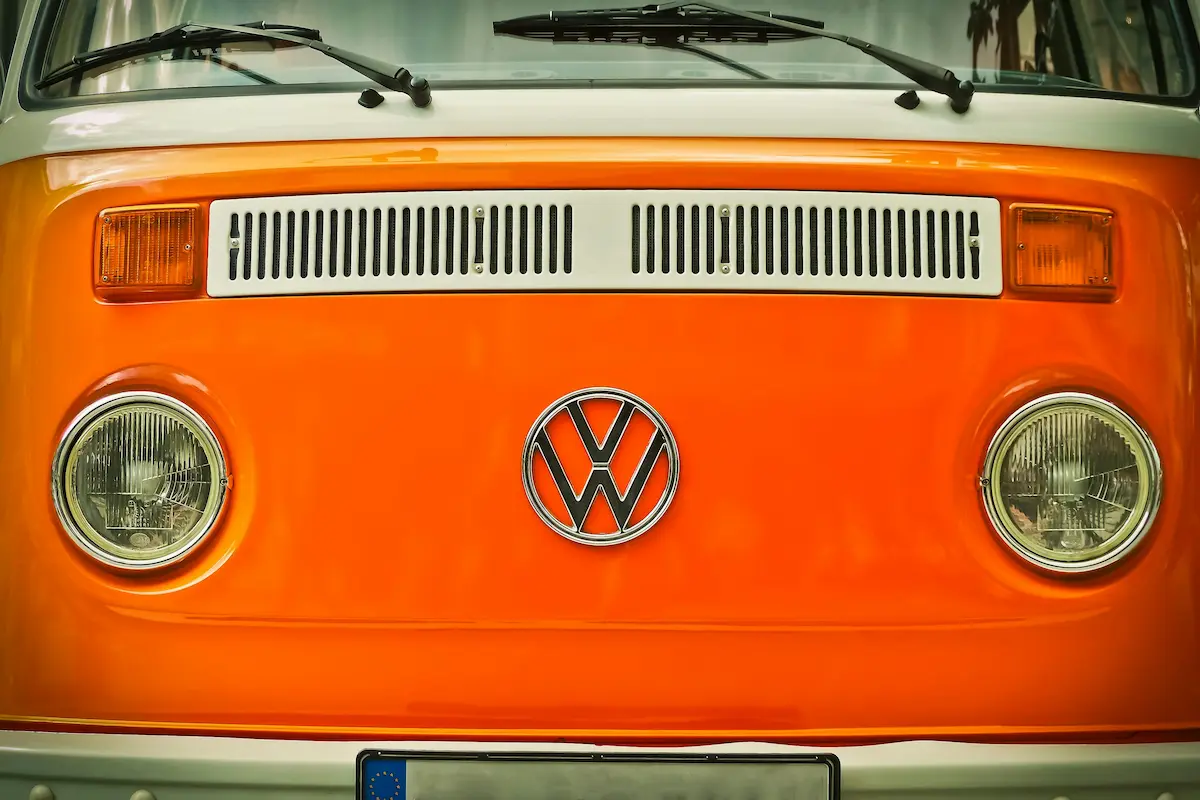Let’s be honest — there’s something wildly charming about an old truck camper. The dents, the faded decals, the avocado-colored cabinets from 1973… it’s got character. And if you’re even thinking about restoring one yourself, congrats — you’re already halfway to becoming the eccentric legend your neighborhood didn’t know it needed.
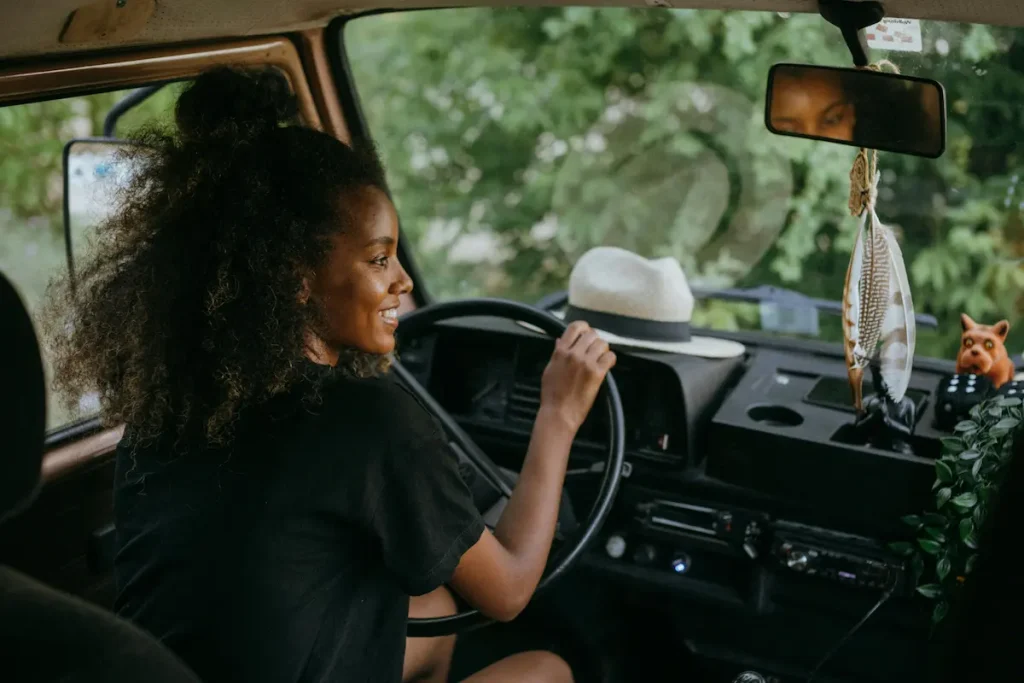
But where do you start?
And how do you make sure you don’t accidentally turn a fun weekend project into a multi-month money pit that smells like fiberglass and regret?
That’s what this guide is for.
Step 1: Find Your (Hopefully Not Too Rotten) Base
Craigslist, Facebook Marketplace, your uncle’s backyard — that’s where the magic usually begins. You spot a boxy little truck camper, maybe from the 60s or 70s, and your brain does that thing where it convinces you this hunk of aluminum could totally be a cozy mobile cabin.
You ever start a ‘simple project’ that turns into a full weekend saga?
Look for models like the vintage Six-Pac, Chinook, or Alaskan campers. They’re light enough for most trucks and come with quirky little layouts that scream “home on the go.” Just… check the floor. And the roof. And if something smells weird, it probably is weird.
Step 2: Rip It Apart (Gently… Sort Of)
Demo day. Glorious and horrifying.
Out come the moldy cushions, warped plywood, and nests (yep, nests). This part can feel overwhelming, but take it slow. Photograph everything before you dismantle — future-you will thank you when reassembling that mystery corner cabinet.
Not gonna lie — tearing out the rot was gross, but also kind of satisfying.
Side rant: why do 70s RVs smell like a combination of socks and dreams?
Step 3: Rebuild Like You Mean It
This is the core of your vintage truck camper rebuild.
Insulation, fresh framing, new paneling. Pro tip: Use lightweight materials. You don’t want your beautifully restored camper to crush your truck’s suspension the first time you hit a hill.
Wiring and plumbing can be tricky — watch a dozen YouTube tutorials and then decide if you want to DIY or call in a friend who “once rewired a boat in college.”
Step 4: Design, Decor & Debate
Here’s where it gets fun. Or paralyzing. Or both.
Do you go full retro? Teal appliances and checkerboard floors? Or minimalist modern — clean wood, LED strips, fake plants? Either way, pick a vibe and commit.
Vintage truck camper renovation is 50% taste, 30% improvisation, and 20% panic.
Maybe it’s just me, but there’s something poetic about rust.
And yes — vintage camper vans might have more space, but there’s something rebellious about a good old truck camper perched defiantly over your pickup bed.
Budget Breakdown: How Much Does It Cost?
Ah, the golden question: how much does it cost to restore a vintage camper?
Short answer? It depends.
Long answer? Anywhere from $1,500 (for basic refresh + elbow grease) to $10,000+ if you go full custom or discover black mold halfway through. Most folks land around $3–6K for a solid mid-level vintage truck camper DIY renovation.
Note to self: never trust a “solid roof” on first inspection.
Pro Tips from the Trench
- Label everything. Then label it again.
- Invest in a good mask — old campers = mystery particles.
- Don’t skip the sealant. Water damage is not romantic.
- Talk to other restorers online. Forums and Instagram are goldmines.
- Bring snacks. Restoration hunger is real and irrational.
Honestly, I didn’t plan this part — it just sort of happened.
Vintage Truck Camper vs Vintage Camper Van
Let’s go off-road for a sec.
If your heart is torn between a vintage truck camper and a classic camper van — here’s the thing: truck campers give you flexibility. Detach, drive around, reattach. Vans, on the other hand, are the vibe. But also, they’re pricier to restore and less modular.
You know the type — old but charming, like a grandpa who wears suspenders.

Final Thought
There’s no such thing as a perfect project. Just the one that teaches you how to hold a paintbrush, curse at weatherstripping, and appreciate the smell of fresh plywood at 11 PM on a Tuesday.
Whether you’re in it for the nostalgia, the challenge, or the dream of sipping coffee in a sunrise-lit camper shell, one thing’s for sure: restoring old truck campers isn’t just about making them road-ready — it’s about restoring a little piece of yourself, too.
